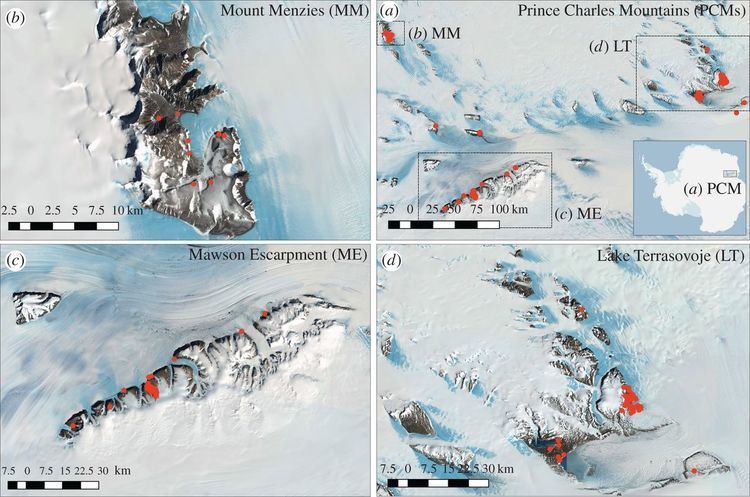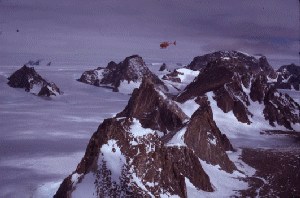Mountains Shaw Massif | ||
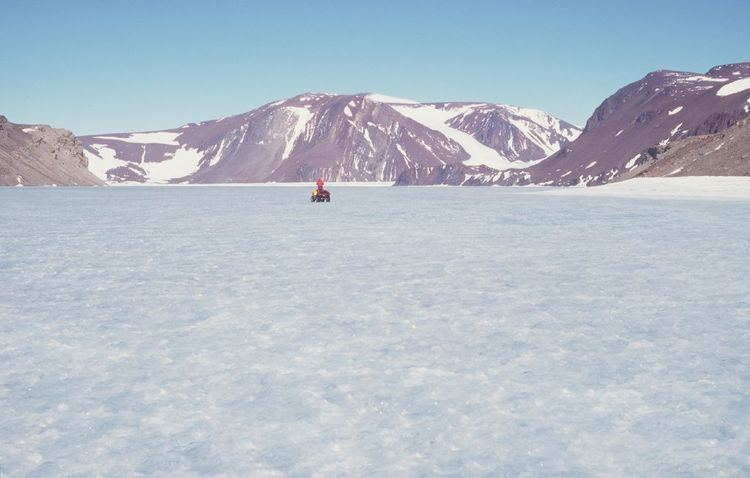 | ||
Similar Mount Kirkpatrick, Eastern Ghats, Dome A, Mount Terror, Mount Erebus | ||
The Prince Charles Mountains are a major group of mountains in Mac. Robertson Land in Antarctica, including the Athos Range, the Porthos Range, and the Aramis Range. The highest peak is Mount Menzies (3228 m). Other prominent peaks are Mount Izabelle and Mount Stinear (1950 m). These mountains together with other scattered peaks form an arc about 260 miles long, extending from the vicinity of Mount Starlight in the north to Goodspeed Nunataks in the south.
Contents

These mountains were first observed and photographed from a distance by airmen of USN Operation Highjump, 1946-47. They were examined by several ANARE (Australian National Antarctic Research Expeditions) parties and mapped in the years 1954-61. They have been found to contain large deposits of iron ore. They were named by ANCA in 1956 for Prince Charles, the eldest son and heir apparent of Queen Elizabeth II.
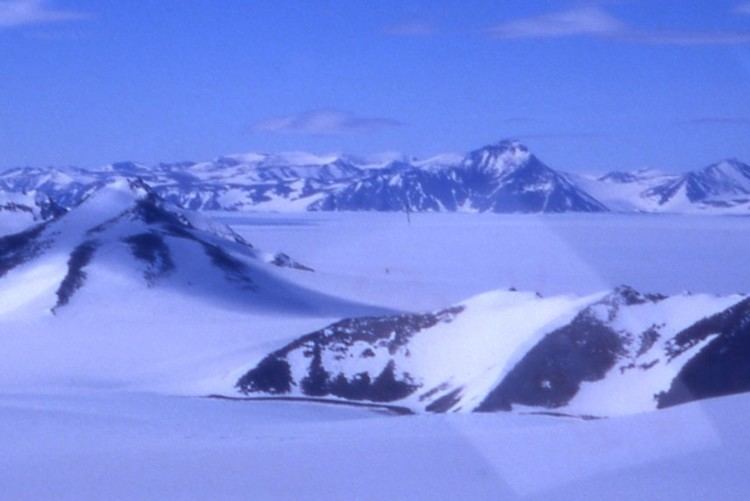
List of mountains
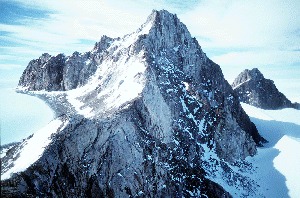
Namesakes
